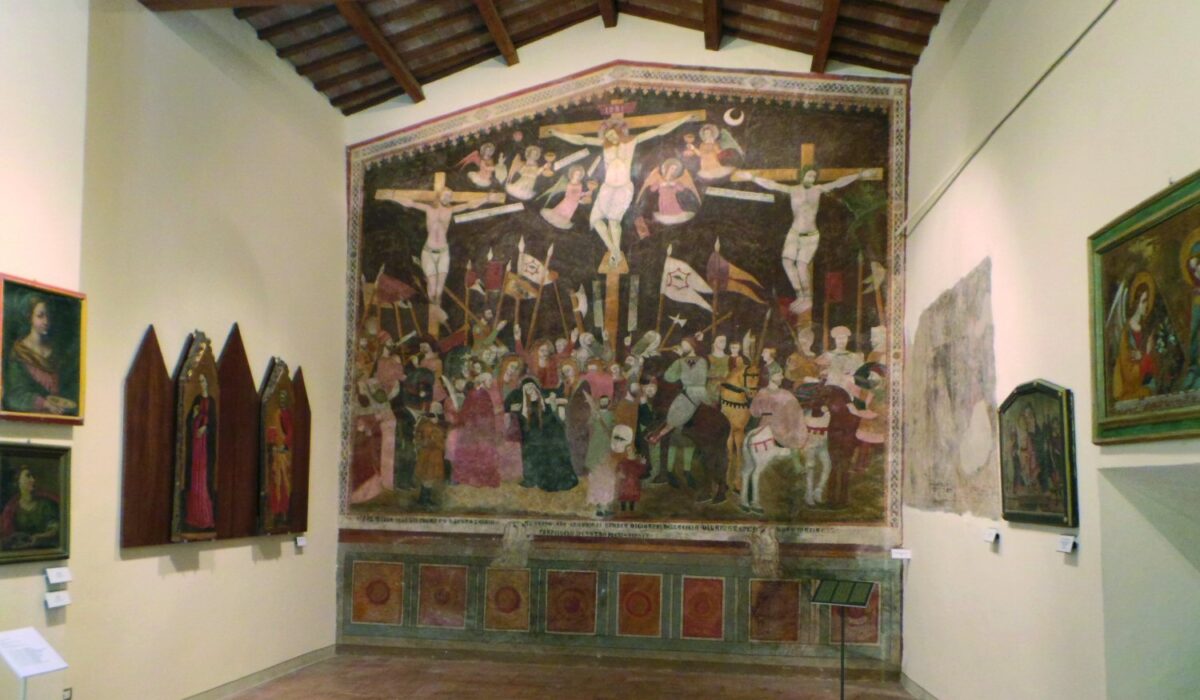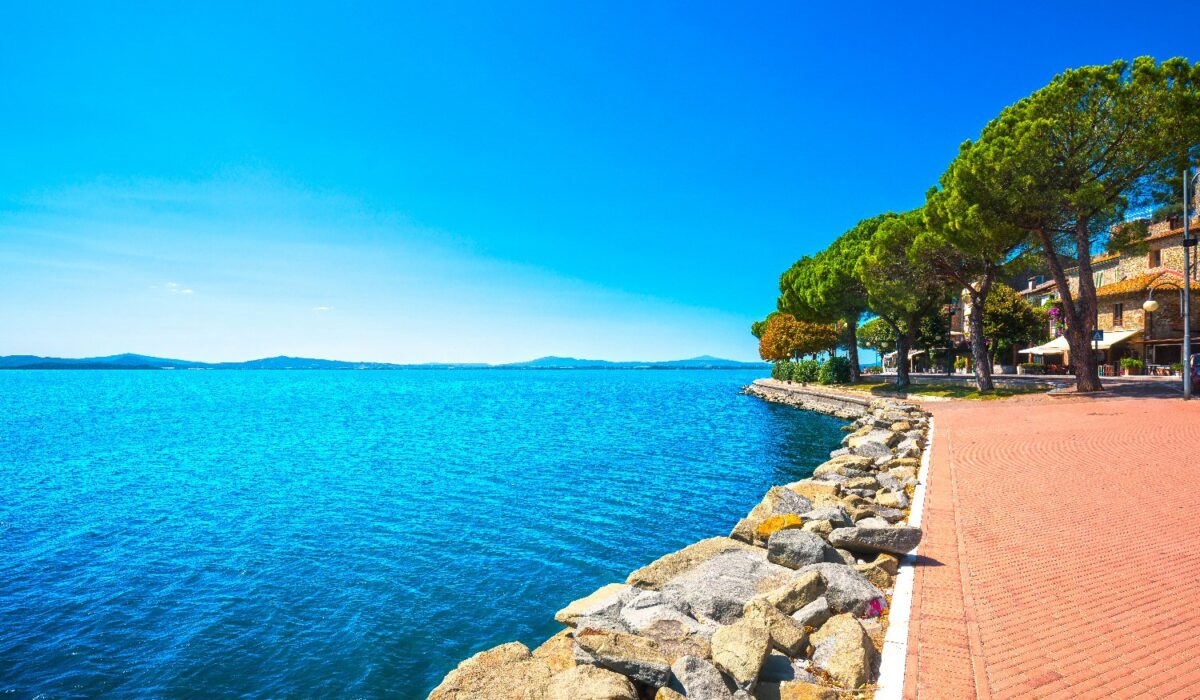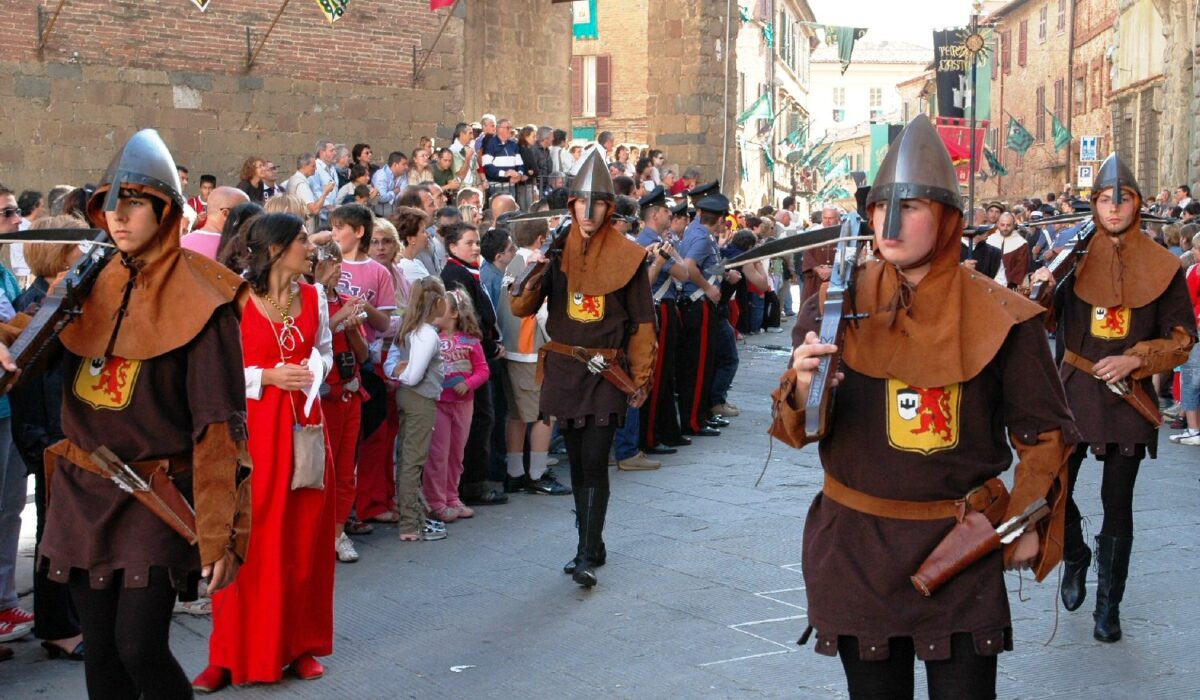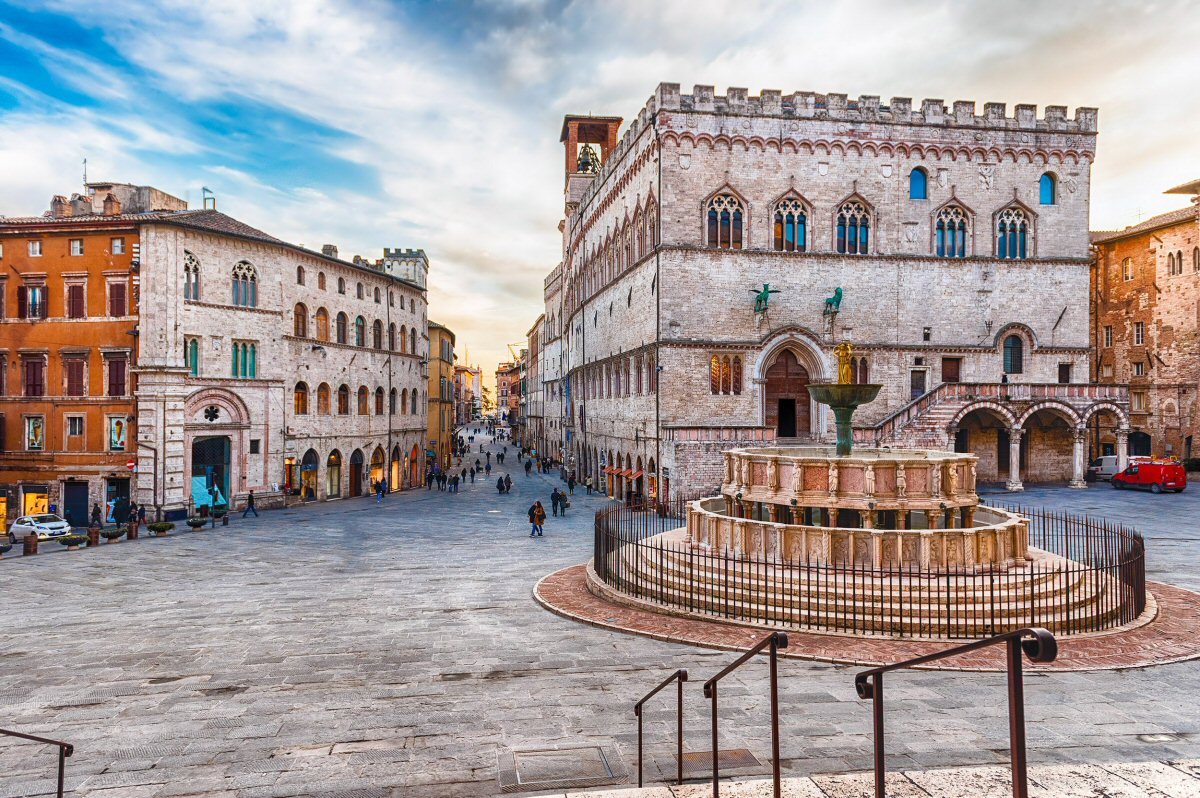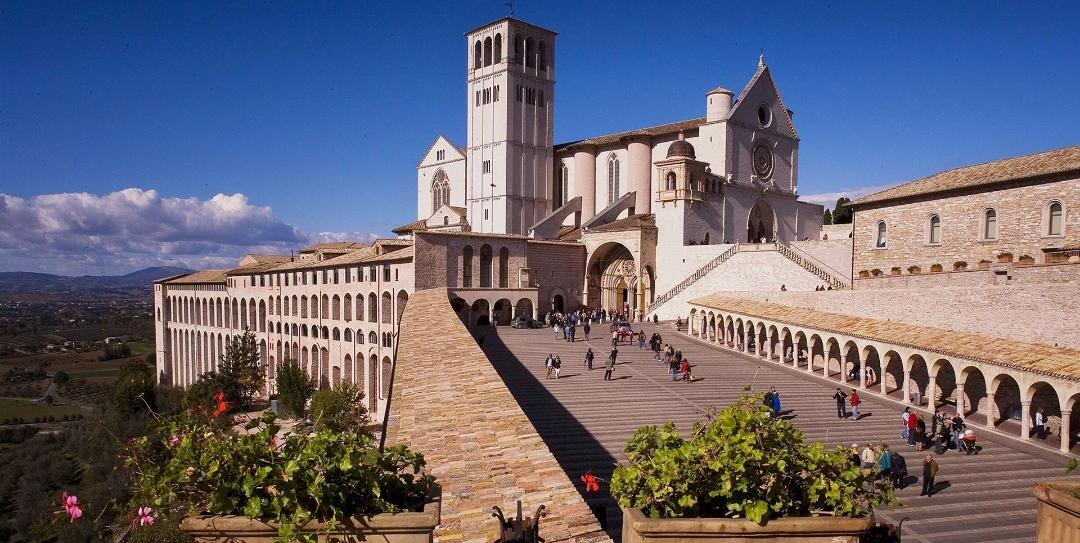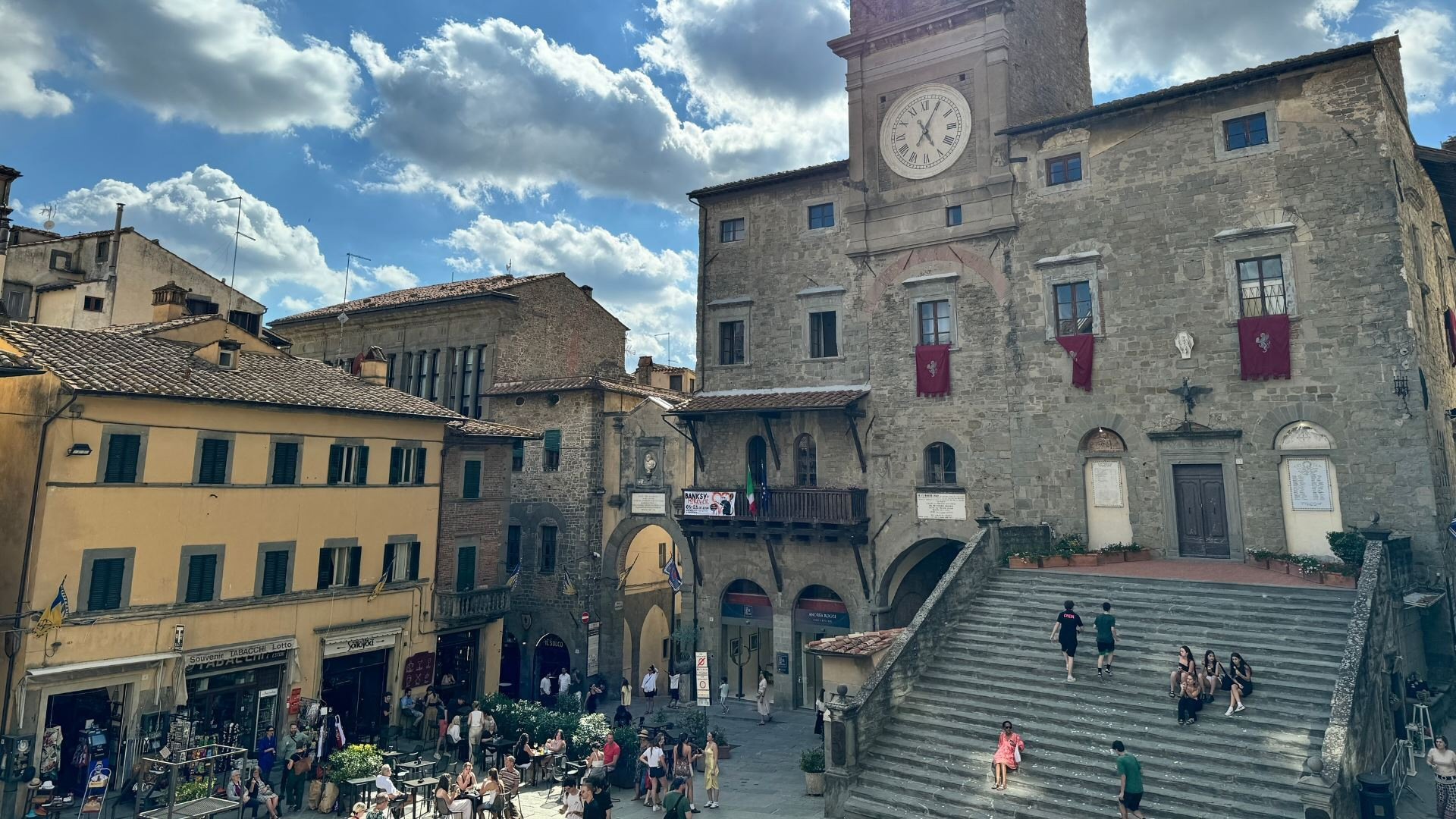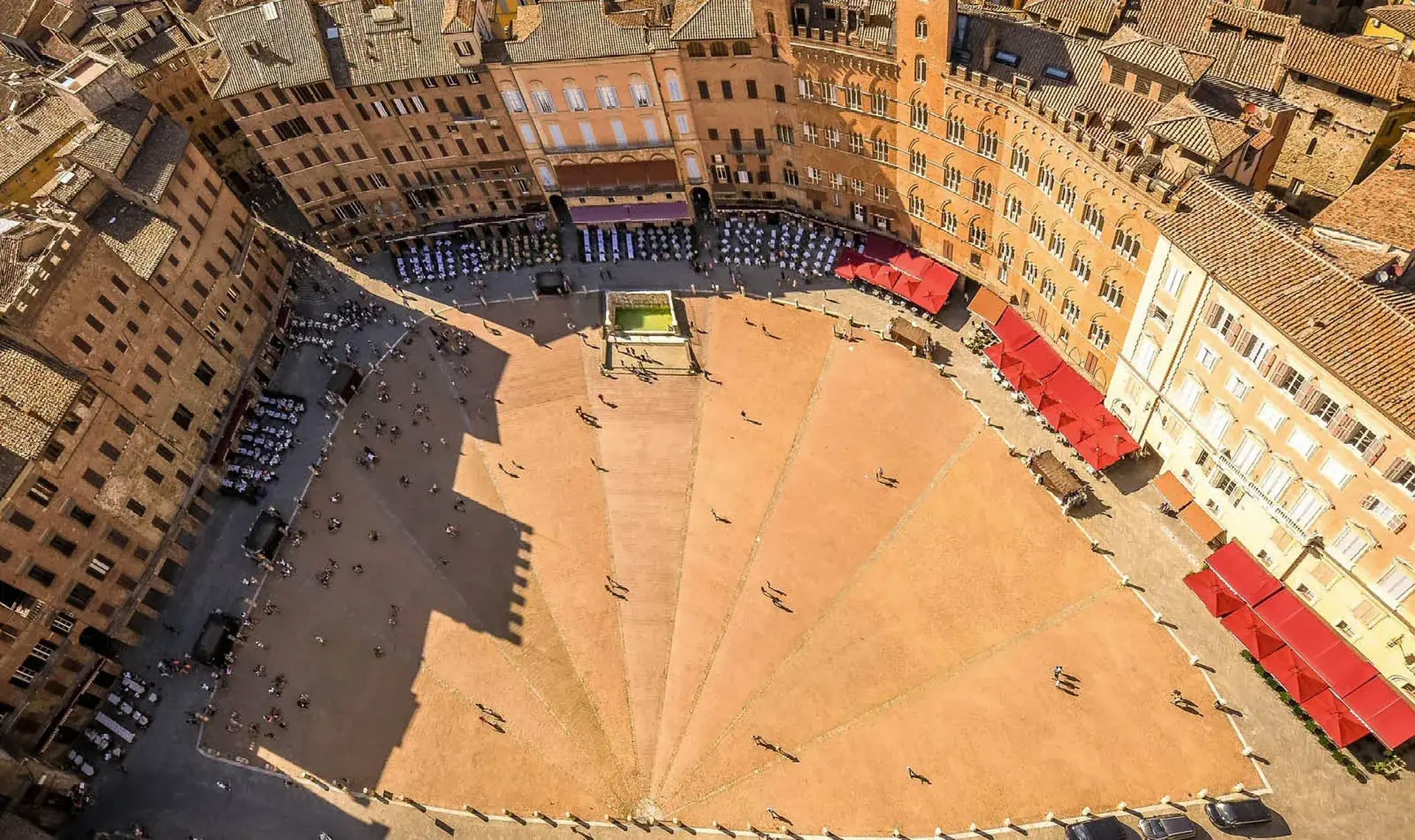Welcome to Umbria, the Green Heart of Italy
Lake Trasimeno is located in Umbria, the green heart of Italy. A land rich in suggestions, panoramas, stories, flavors and traditions. Here, in addition to visiting the numerous Umbrian and Tuscan cities of art, you can practice any type of sport immersed in nature.
This charming and panoramic medieval village, listed among the most beautiful villages in Italy, is located on the border between Umbria and Tuscany and is rich in history, traditions and culture.
Hotel La Torre, which takes its name from the “Mastio” main tower of the castle, is located in a privileged position along the main street of the Medieval Historic Center, in an area that conveniently, during periods of greater tourist influx, is transformed into a pedestrian area, an oasis of peace and tranquility, where transit is permitted only for loading and unloading luggage.
Castiglione del Lago
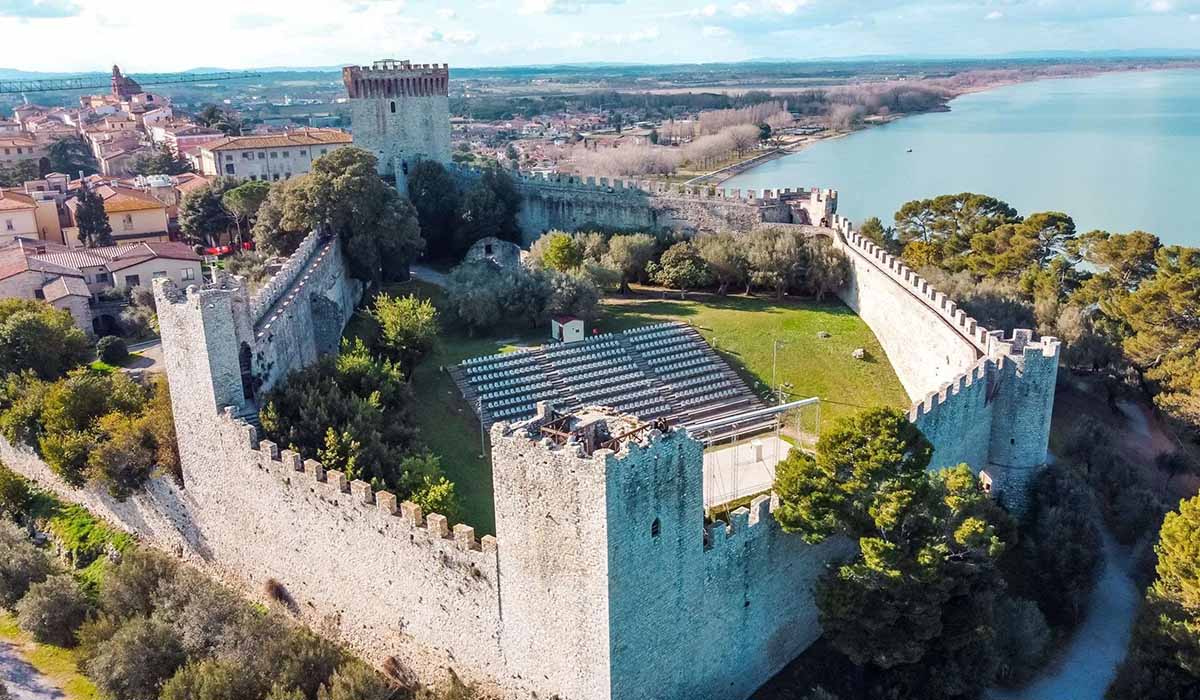
The town is part of the Most Beautiful Villages in Italy.
It stands on a limestone promontory that was originally the fourth island of Trasimeno.
If you are looking for things to see at Lake Trasimeno you definitely can’t miss Palazzo della Corgna and the walkway inside the walls that will take you to the splendid Rocca del Leone.
If you want to relax, enjoy the lake on one of the equipped beaches or by walking along the lake!
Lake and its Villages
Trasimeno is a unique territory, rich in art and culture. Spectacular views and enchanting glimpses arise from the harmonious intertwining of the green Umbrian hills with the suggestive panorama of the lake with its islands and its ancient towns.
Castiglione del Lago, Città della Pieve, the delightful villages of Panicale and Paciano make this territory a place of considerable charm increasingly appreciated by numerous Italian and foreign tourists.
Hotel La Torre is located in a central point of the lake from which to start to visit all the villages of the lake.
Trasimeno is a unique territory, rich in art and culture. Spectacular views and enchanting glimpses arise from the harmonious intertwining of the green Umbrian hills with the suggestive panorama of the lake with its islands and its ancient towns.
Castiglione del Lago, Città della Pieve, the delightful villages of Panicale and Paciano make this territory a place of considerable charm increasingly appreciated by numerous Italian and foreign tourists.
Hotel La Torre is located in a central point of the lake from which to start to visit all the villages of the lake.
Perugia
Perugia is one of the most beautiful Etruscan cities in Italy. Its warm-colored stones, its majestic palaces and the continuous ups and downs have fascinated poets and painters of every century.
The historic center stands on a hill and other hills, visible in many points of the city streets, surround it.
The ancient heart of Perugia is a varied mix of shapes, volumes and colors: bricks, travertine, marble, columns, arches, doors, walls that retrace its long history and that of the peoples and civilizations that have inhabited it: the Etruscans, the Romans, the wealth of the Papal State.
Assisi
The pink stone city on the slopes of Mount Subasio is the home of Umbrian spirituality.
The history of its great saints, Francis and Clare, is combined with the work of the most famous painters of the Middle Ages. It is possible to start the visit from the upper part of the city, so as to have an easy downhill path.
Cortona
Cortona was a free Medieval Commune with the imposing Medici Fortress and the Palaces of the historic center, on which important Captains of the People who led it, have left their coats of arms walled up.
Numerous churches are located within the ancient walls, sometimes hidden among the typical small alleys. The Monastery, dedicated to Santa Margherita matron of Cortona, is located on the highest part of the city, from which you can admire a panorama that includes the Valdichiana and part of Lake Trasimeno.
Siena
Known throughout the world for its artistic heritage, Siena is today one of the most beautiful cities in central Italy.
It owes its fame to the famous Palio, to its wines known and celebrated throughout the world such as Chianti, Brunello di Montalcino, Vernaccia di San Gimignano.
Piazza del Campo represents the heart of the city and is the place chosen to host the traditional Palio, a historical event that takes place on July 2nd and August 16th of each year.
Gubbio
Rich in Roman archaeological evidence, Gubbio retains its medieval appearance: Palazzo dei Consoli, now home to the Civic Museum and the Municipal Art Gallery; the Pretorio and Bargello Palaces (13th century). Among the churches, S. Pietro, the cathedral, S. Francesco, S. Domenico, S. Agostino.
The Montefeltro palace (or Ducale, ca. 1480) was perhaps built based on drawings by Francesco di Giorgio Martini. In G., the art of majolica flourished in the 15th century, with Giorgio da Gubbio.
Among the traditional events, the characteristic ‘corsa dei ceri’ should be remembered, which takes place on May 15th of each year, the eve of the feast of St. Ubaldo, the patron saint of the city.
Montepulciano
Montepulciano is known mainly for the grandeur of its Renaissance palaces, the elegant beauty of its churches and for the “Vino Nobile”, one of the most internationally appreciated Tuscan wines.
The urban center develops along a street that climbs up the hill reaching the central square, Piazza Grande, which is located at its summit. Worth seeing are the Church of Sant’Agostino, the splendid Piazza Grande with the Cathedral, the Palazzo Comunale, the Palazzo Nobili-Tarugi and the Pozzo dei Grifi e dei Leoni.


